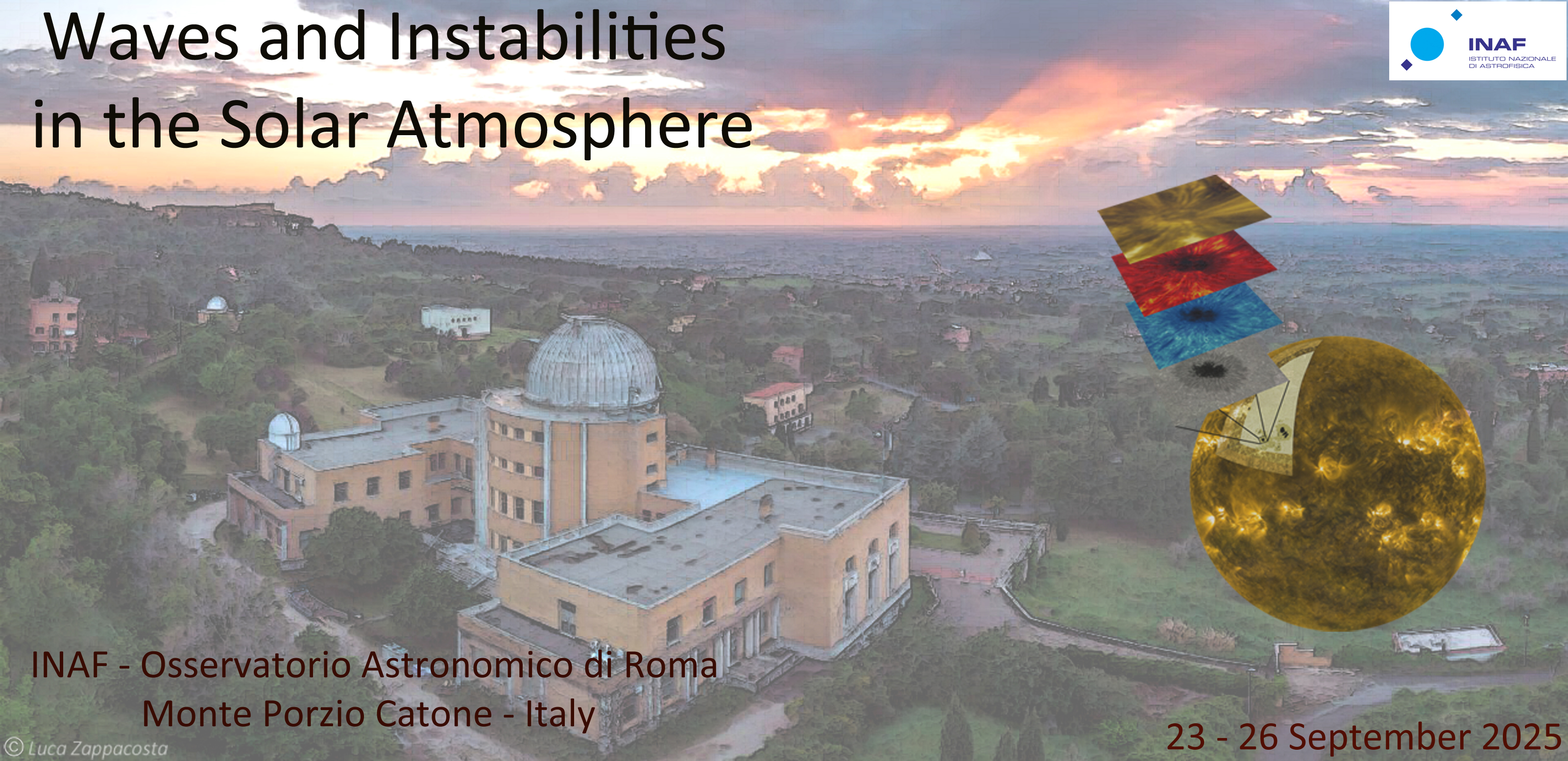Speaker
Description
In this talk, we present results from 2.5D MHD simulations of a solar eruption, the propagation of coronal waves through a non-uniformly magnetized solar corona, and their interaction with remote flux rope prominences, leading to induced prominence dynamics. The initial atmosphere is a non-adiabatic, gravitationally stratified corona permeated by a magnetic field composed of two main components: (1) a 2.5D catastrophe field responsible for triggering the eruption and coronal wave, and (2) a dipolar field used for the subsequent formation of flux rope prominences. Our simulations reveal the formation of a secondary front when the wave produced by the eruption encounters the equipartition layer. The main front steepens into a shock as the wave propagates farther from the eruption site. When reaching the prominence region, the wave generates reflected and transmitted fronts. The wave impact excites complex prominence oscillations, both along the magnetic field and in the vertical direction. Furthermore, the downward push from the wave front triggers magnetic reconnection beneath the prominence flux rope. To improve the comparability of our results with real observations, we generated synthetic images in the 131 Å, 193 Å, and 304 Å SDO/AIA channels.
| Sessions | Seismology of solar and stellar atmospheres |
|---|

